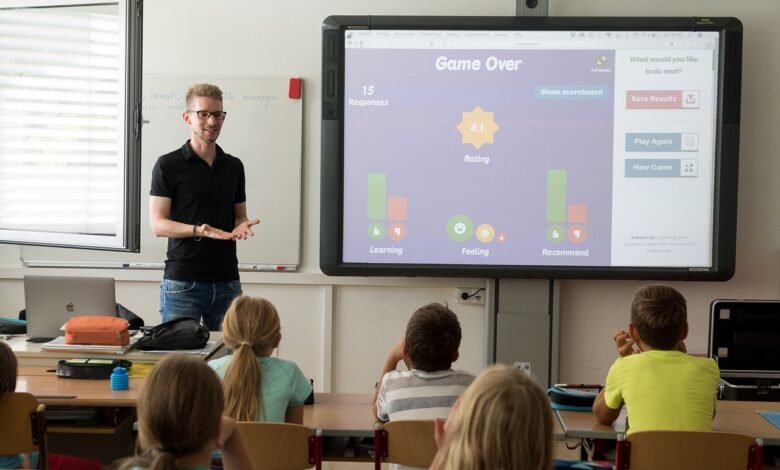Revolutionizing Education: Insights into the Smart Learning Market
Smart Learning Market

Digitalization and The Growth of Smart Learning Market
In the more digitalized and integrated world, many enterprises and academics opt for smart learning measures. Many educational approaches currently incorporate smart learning in their strategy. As a result, there is a significant increase in smart learning market global growth.
Smart learning market size was estimated at USD 37.4 billion in 2021, according to a research firm GMI Research. The firm predicted this market to reach USD 167.3 billion in 2029.
Factors That Drive the Growth of Smart Learning Market
There are several factors that contribute to the smart learning market growth, from the shifting trends to remote work to the investments by companies and government.
-
Surge in demand for remote learning
Since the COVID-19 pandemic, there has been a transition to remote learning as many governments worldwide implemented strict social distancing regulations. The new shifts to work from home (WFH) continue post-covid and contribute to fuel the surge of smart learning market trends.
-
The need for interactive learning environment
The new study approach increases the need for interactive learning environment, where students can be more engaged in the learning process. This method can help students to digest knowledge and skills in a more effective and convenient way.
-
Increasing investments by companies and government initiatives
Many companies currently increase their investment on human development and smart technologies penetration, so individuals can adapt better in the rapid digital age. Governments, from Europe to Asia Pacific, are also taking measures to develop their educational system by implementing numerous smart learning tools.
-
The technology advancement
Technology advancement plays a crucial role in the development of smart learning. Cloud-based remote work solutions, virtual classrooms, online platforms, mobile learning apps, and other technological enhancements can facilitate the growth of smart learning.
The Challenges
Nevertheless, there are some challenges that smart learning initiatives have to address, since it places a significant reliance on internet and technology.
-
Access to the internet
Geographical barriers can be a problem, since access to the internet and digital services in the rural and remote areas can be extremely limited.
To be able to properly implement smart learning, governments in developing countries need to strengthen the infrastructures, such as data centers, network equipment, fiber optic networks, among others. Thus, more people can have access to the internet, which in turn can provide substantial education opportunities that affect the country’s future.
-
Lack of digital literacy and skills
Many students and instructors do not have the sufficient knowledge and skill to operate the software and devices needed to implement the smart learning method. Some people are still more aware of traditional learning methodologies, thus restraining the growth of the smart learning market.
-
Limited budget
Setting up virtual classrooms and providing other smart learning elements can be expensive. Therefore, the limited budget for some enterprises can hinder them in developing the more digitalized learning approaches.
-
Privacy and security issues
Privacy and security issues can be another challenge. Through cyberattacks, malicious entities can spy, access data, and cause damage which leads to data breaches. Proper authentication, authorization, and secure communication protocols can help mitigate cybercrime risk.





